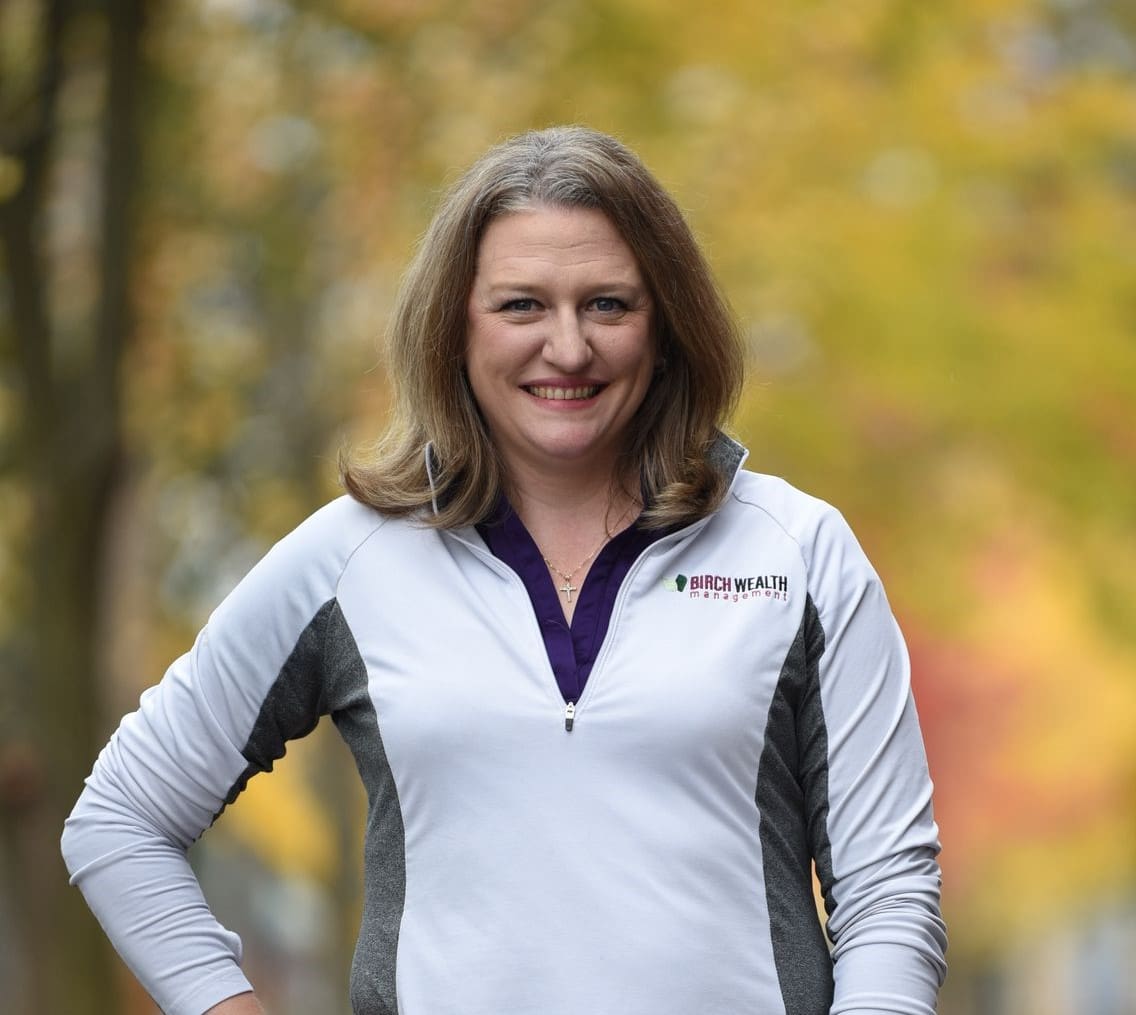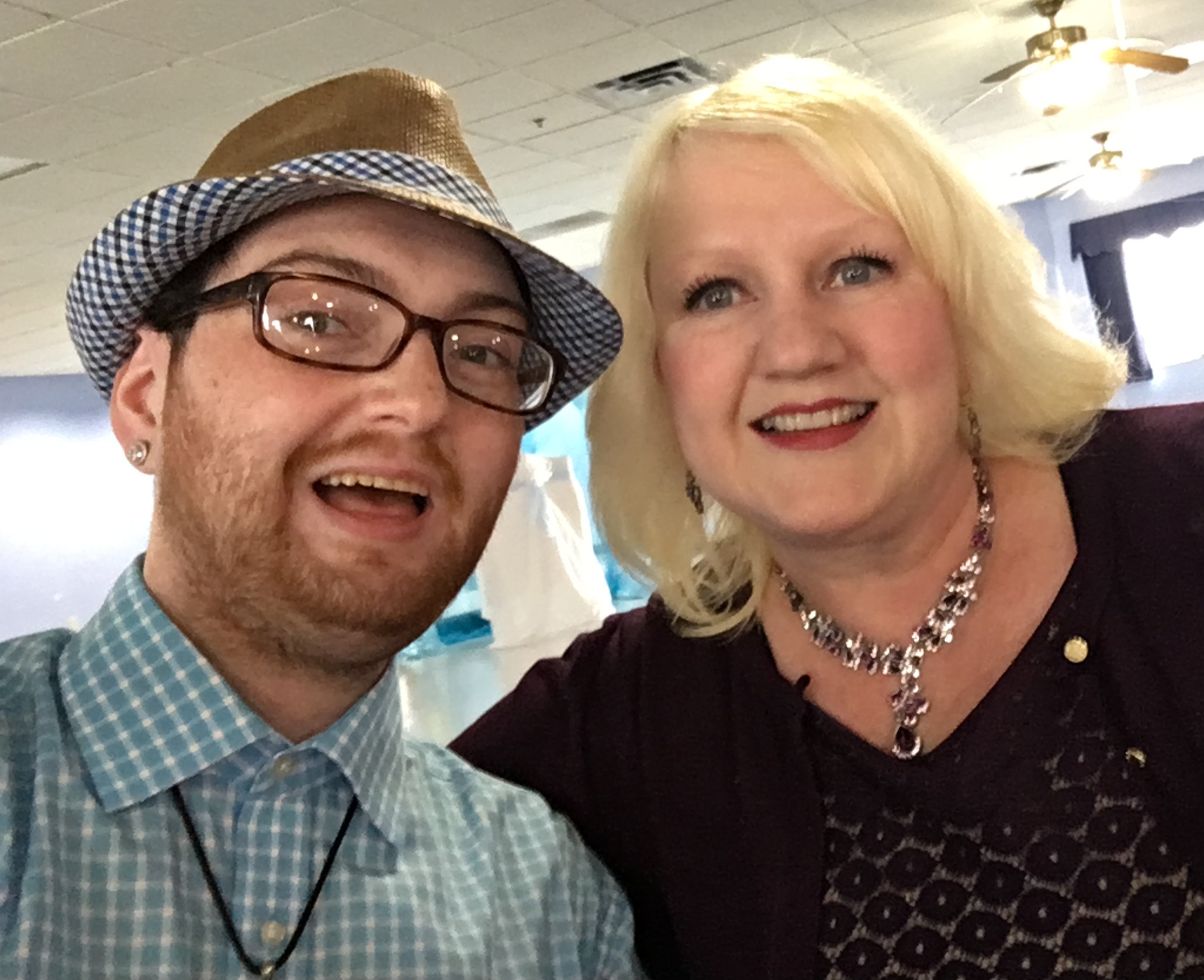By Kate Hanzalik
Nicole Canavan grieved the loss of herself for the past thirty years. An athletic person – a goalie who had a history of getting kicked in the head, a self-described “tom boy” who often got injured – became what she calls “The Monster,” an evil creature filled with rage and superhuman strength that gave her the power to destroy anything she saw.
The Monster was brought on by Chronic Traumatic Encephalopathy (CTE), a condition that causes degenerative changes of the brain from repeated head injuries. In one study, 99 percent of National Football League players autopsied were diagnosed with CTE. There is no known cure. Her condition is complicated by Ehlers-Danlos Syndrome, meaning that her connective tissue is particularly fragile.
A graduate of Daemon University and former physical therapist at St. Joseph’s Hospital, Nicole understood her condition, in theory, but her life didn’t make sense. Memory loss, trouble recalling the right words, disorientation – these were the small stumbling blocks.
At work, she passed out in front of patients. She had to leave the job she felt destined for. “I thought it was taking away my purpose, and that took away my hope,” she said. At home, she couldn’t cook, or sleep. She was impatient, paranoid, and everyone was a threat. “I was going berserk, and not even knowing why. I was watching myself as I was destroying things in my home, screaming and yelling, out of control.” And no matter where she was or what she was doing, her hands tremored, and she contemplated suicide. At the behest of police officers last year, she went to a psychiatric ward, which is when her mother, Bonnie D’Agostino, stepped in.
“Mom is so awesome,” said Nicole. “She has always been there for me and my brother. She said, come live with me.”
Bonnie was worried though. “She has the sweetest, most positive personality, but it was lost, she was gone. She came out of the psychiatric ward, and I was afraid of her. But I was it [for her support system].”
They lived together and Bonnie got Nicole on a routine that ensured her basic needs were met. She was grateful for Bonnie and started to feel better. Nicole’s efforts towards physical therapy, occupational therapy, speech and language pathology, and psychotherapy were put to good use as well. But her regrets felt like a weight hooked to her ankle that was pulling her down. The 48-year-old also wished she could live on her own, but with dementia she knew it wasn’t an option. As it turns out, fate had other plans.
Bonnie saw an ad on TV for Red Mill Manor, a senior living center on the waterfront in Baldwinsville. Was it the right fit for Nicole? They both wanted to know, so Bonnie gave Red Mill a call. They thought Nicole was exceptional–she was someone who needed the kind of support her mother gave her, and she was also someone who had much to offer the residents.

Perspective
It’s easy to mistake Red Mill for a lodge, but for Nicole, it’s been a place of healing. The rustic interior is surrounded by nature; the dining room offers fresh food served daily. And windows. There are so many windows that keep the dark out and Nicole’s mood light, she said.
In her apartment, the blinds are open and the walls are covered with pages of the book she’s co-writing with her friend Jack. Every day, she writes, plans, drafts, revises. She draws stick figures, characters like Coley who encounter challenges and must make smart decisions about what to do. The next day, she can’t remember what she worked on, so she starts over. And every day, she recites the promises she’s made to herself.
“I had to come up with something to fight the urge to commit suicide. I thought about who and what I love. I love my children and my family more than I can hate this disease. I promised never to do that to them, never to do that to me. I [made a promise card], signed it. I read it to myself in the mirror so I could look at myself. That had a huge impact.”
She made new friends quickly at Red Mill, including Ann, who, Nicole said, “really helped me to up my prayer game.” Along with Nicole’s practices with epigenetics and the power of positive thinking, she and Ann pray together daily and attend church. Nicole attended a special service with her new friend at St. Mary’s Church, which made a difference too. “[Nicole] began to have a miracle of healing. You could see it, the whole persona of the girl [changed],” said Ann.
Months later, Bonnie said, “I have my daughter back.”
“Now I understand,” Nicole explained recently. “I’ve gone through the hard stuff. I’ve figured out how to soothe the savage beast. It’s not a monster anymore; it’s a happy, powerful thing for good.”
She still struggles with memory issues, but she also leads health classes at Red Mill and feels much better. “I hope people can face their darkness without so much fear, and I hope they can face this monster, to shine the light on it, and to give it what it needs–love and support.”
As for CTE, Nicole recommends parents be vigilant. Like thousands of others who likely have CTE, Nicole, through the Concussion Legacy Foundation, has pledged to donate her brain to research on concussion and CTE with hopes that in the future there will be a cure for the affliction. For information about the condition and the brain donation pledge, visit the foundation at https://concussionfoundation.org/.
You can find Nicole on Facebook at Nicole Canahan PT.






You must be logged in to post a comment.